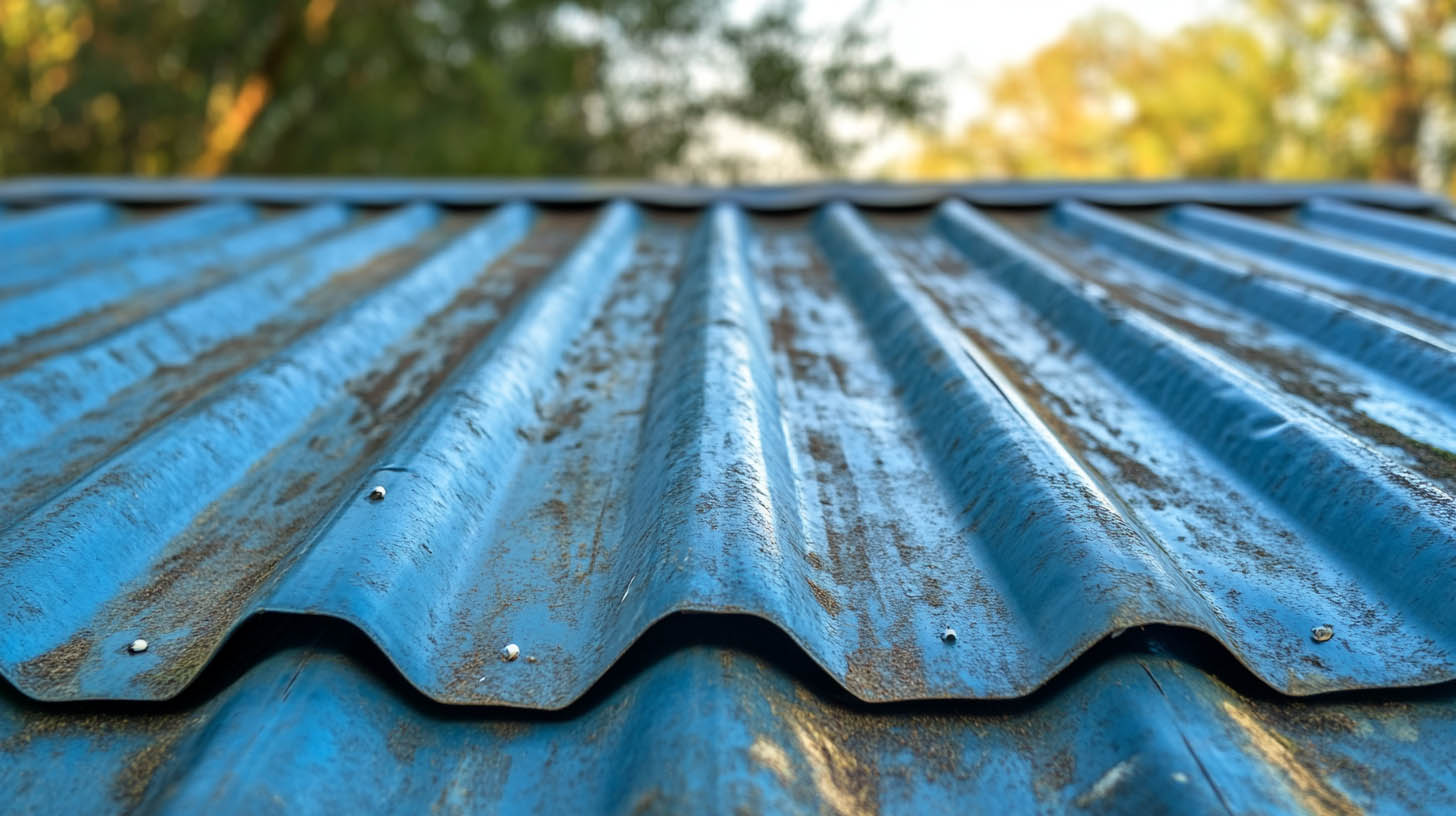
When considering roofing materials, metal roofs stand out for their durability, energy efficiency, and aesthetic appeal. For homeowners in Charleston, WV, Rainstoppers Roofing provides expert insights and installation services tailored to your needs.
Advantages of Metal Roofs
Exceptional Longevity
Metal roofs last between 40 and 70 years, far exceeding the lifespan of asphalt shingles, which average 15 to 20 years. Proper maintenance can further extend their durability.
Fun Fact: The world’s oldest standing metal roof, found on Himeji Castle in Japan, dates back over 400 years.
Superior Durability
Metal roofs withstand extreme weather conditions, including heavy rain, hail, and high winds. Their interlocking panels provide excellent resistance to leaks and uplift.
Energy Efficiency
Metal roofs reflect solar radiation, keeping homes cooler in hot weather and reducing reliance on air conditioning. The U.S. Department of Energy states that reflective metal roofs can reduce cooling energy costs by 10–25%.
Eco-Friendly Options
Metal roofs are almost 100% recyclable, minimizing waste in landfills. Moreover, their reflective properties reduce energy consumption, contributing to a greener environment.
Versatility in Design
Modern metal roofing offers a variety of finishes, mimicking wood shakes, clay tiles, and even slate. This versatility enhances curb appeal while retaining the material’s advantages.
Challenges of Metal Roofs
Higher Initial Costs
Metal roofs come with a higher upfront cost compared to asphalt shingles. Prices vary based on material (e.g., aluminum, steel, or copper) and labor.
However, the long-term savings from reduced energy bills and fewer repairs can offset the initial expense.
Noise Levels
Rain and hail can produce noticeable noise on metal roofs. Fortunately, modern installations with sound-dampening underlayment significantly mitigate this issue.
Potential for Denting
Soft metals like aluminum can dent from hail or falling branches. Opting for stronger materials like steel minimizes this risk.
Metal Roof Maintenance Tips
- Inspect Regularly: Check for rust, loose panels, and debris after storms.
- Clear Gutters: Prevent water pooling by keeping gutters free of leaves.
- Apply Protective Coatings: Reapply sealants every 5–10 years to prevent corrosion.
Did you know? Adding insulation beneath metal roofs reduces both noise and energy costs, making it a practical investment for homeowners.
Comparing Metal Roofs to Other Materials
- Metal vs. Asphalt Shingles: While asphalt shingles are cheaper initially, they require frequent replacement and are less durable.
- Metal vs. Tile Roofing: Tile roofs are heavy and prone to breakage, whereas metal roofs are lightweight and resilient.
- Metal vs. Wood Shakes: Unlike wood shakes, metal roofs are fire-resistant and unaffected by termites.
FAQs
Q1: Are metal roofs noisy during rainstorms?
Modern installations use sound-dampening underlayment to minimize noise.
Q2: How energy-efficient are metal roofs?
Metal roofs can lower cooling costs by up to 25% due to their reflective properties.
Q3: Can metal roofs rust?
High-quality metal roofs with protective coatings are resistant to rust.
Q4: Are metal roofs safe in lightning storms?
Yes, metal roofs are non-combustible and do not increase the likelihood of lightning strikes.
Q5: How do I maintain a metal roof?
Regular inspections, cleaning gutters, and applying sealants as needed ensure longevity.To explore a guide on finding and fixing roof leaks, click here.
